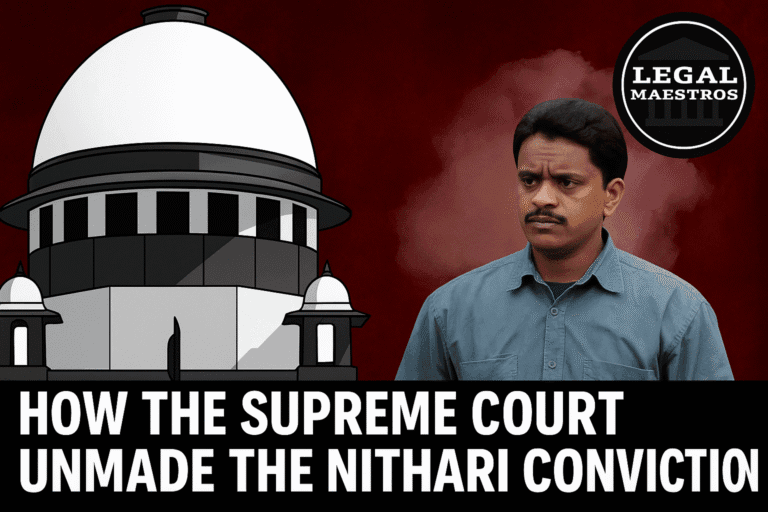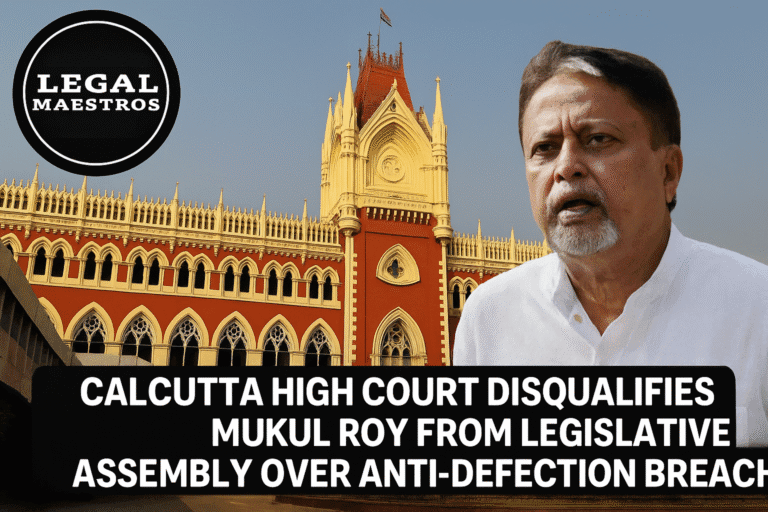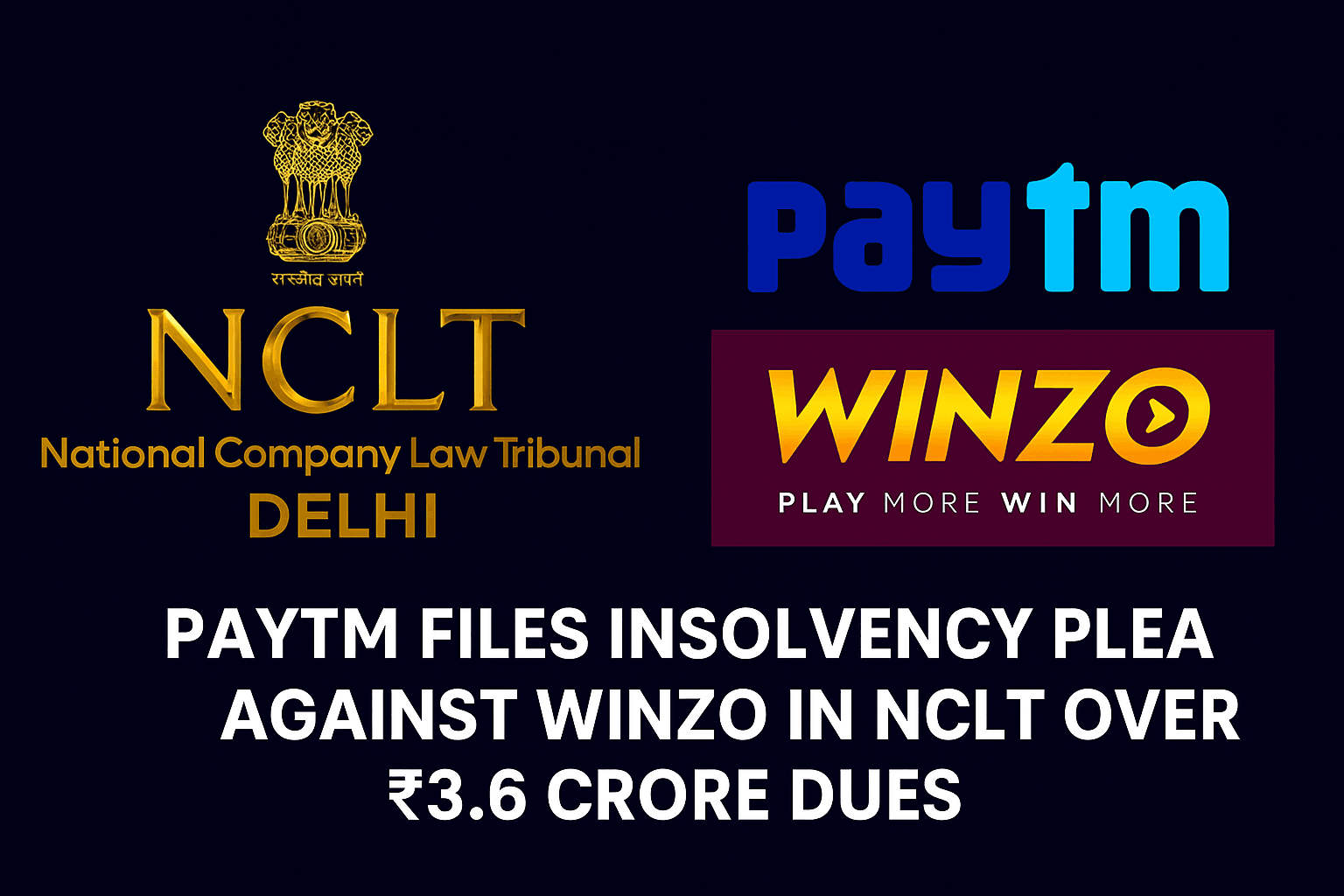
Justice Yashwant Varma Challenges Supreme Court’s In-House Inquiry in Cash-at-Home Scandal
Introduction
Honestly, Justice Yashwant Varma isn’t mincing words about the Supreme Court’s internal probe into the whole “Cash-at-Home” mess. You know, that wild story where they apparently found stacks of cash chilling at an Odisha High Court judge’s place? Yeah, that one.
The whole thing’s got the judiciary buzzing folks are tossing around words like “transparency” and “independence,” and not in a good way. What really ticks off Justice Varma, though, isn’t just this particular investigation it’s the whole song and dance about how judges get scrutinized when stuff hits the fan. He’s basically saying, “Hey, are we actually doing this by the book, or just making it up as we go?” Fair question, if you ask me.
Background of the Case
So, get this: investigators were just doing their thing totally routine, nothing wild when bam, they stumble on stacks of cash literally chilling at a judge’s house. We’re not talking petty change here, either. Obviously, once word got out, the whole legal and political crowd freaked out.
For any queries or to publish an article or post or advertisement on our platform, do call at +91 6377460764 or email us at contact@legalmaestros.com.
I mean, the judiciary is supposed to be this untouchable pillar of honesty, right? Suddenly, everyone’s side-eyeing the courts. The Supreme Court? Yeah, they had to step in and say, “Alright, we’ll handle it internally,” and kicked off their own investigation. Bit awkward, honestly.
So now Justice Yashwant Varma’s basically calling out this whole in-house thing. He’s not buying it wants to know if it’s even fair or transparent, or if it’s just some legal smoke and mirrors. Plus, he’s got a pretty solid point about whether this internal process is actually messing with the whole idea of judicial accountability that’s baked right into the Constitution. I mean, you can’t just have secret club rules when the stakes are this high, right?
What is an In-House Inquiry?
Alright, here’s the lowdown: The Supreme Court cooked up its own little system kind of a DIY toolkit for handling complaints against its own sitting judges. Parliament didn’t have a hand in this, nope.
For any queries or to publish an article or post or advertisement on our platform, do call at +91 6377460764 or email us at contact@legalmaestros.com.
Instead, the top court just passed some of its own resolutions, basically saying, “Hey, if someone’s got beef with a judge, we’ll take care of it ourselves.” So, a bunch of senior judges get together and poke around these complaints, especially if people are starting to lose faith in the whole justice gig. It’s not written into any official law, but more like, “We’ll handle our business, thanks.”
Thing is, there’s no actual law like the CrPC or IPC running the show here. It’s just kind of floating in legal limbo, and that’s exactly what’s got Justice Varma raising an eyebrow. He’s basically saying, “Hey, if you’re gonna poke around in a judge’s life and mess with their career or good name, you better have real legal procedures backing you up. Not some behind-the-scenes rules nobody outside the club even knows about.” Seems fair, right?
Relevant Legal Provisions
Okay, so here’s the deal: If you wanna boot a Supreme Court judge in India, you can’t just snap your fingers and make it happen. Nope. Article 124(4) basically says the President can only kick a judge out after both Houses of Parliament give a big thumbs-up like, more than half of everyone in each House has to agree. And it’s not just for silly reasons; it’s gotta be for “proved misbehaviour or incapacity.”
For any queries or to publish an article or post or advertisement on our platform, do call at +91 6377460764 or email us at contact@legalmaestros.com.
So, yeah, pretty serious stuff. High Court judges? Same vibe. Article 217(1)(b) lays down the law removal only happens if there’s an official impeachment. No shortcuts. The whole point of all this legal red tape is to keep judges independent, so they don’t have politicians breathing down their necks. But here’s the catch: What if a judge does something really shady, but nobody even starts the whole impeachment circus? That’s where this so-called “in-house mechanism” comes in.
Sounds official, right? Honestly, it’s kinda toothless. Critics love to point out that this system can’t actually do much can’t file criminal charges, can’t bench the judge, can’t even really help out whoever got hurt in the first place. In other words, it’s like sending a lifeguard to a fire. You get the idea.
Justice Varma’s Challenge and Its Importance
Justice Varma isn’t just splitting hairs over some legal technicality he’s got a legit point. If there’s a process out there that can tank a judge’s career and reputation, you’d kinda hope there’s a real legal foundation holding it up, right? He’s basically saying, “Hey, does this in-house system even play fair? Do judges get a real shot to defend themselves, or is it just kangaroo court vibes?” Then there’s Section 197 of the CrPC, 1973 super catchy name, I know.
For any queries or to publish an article or post or advertisement on our platform, do call at +91 6377460764 or email us at contact@legalmaestros.com.
The gist? If you wanna go after a public servant (like a judge) for something they did on the job, you need the government’s green light first. Supposedly, this is to stop officials from getting dragged into court for every little thing. Makes sense… until you get to the serious accusations that actually need someone independent poking around, not just the old boys’ club covering each other’s backs.
Impact on Public Confidence
Honestly, Justice Varma picked quite the moment to stir things up public trust in the courts is hanging by a thread these days. Courts are kinda like that emergency exit you hope you’ll never need but want to know is there just in case everything else goes to hell. But if people start thinking judges can do whatever behind closed doors, no questions asked? Yeah, that’s gonna torch whatever faith anyone’s got left in the system.
Let’s be real the Right to Information Act, 2005? Yeah, it barely touches the judiciary’s own internal investigations. They pretty much get a free pass on keeping things hush-hush. No wonder folks start side-eyeing the whole system and wondering if justice is actually happening or if it’s just smoke and mirrors.
For any queries or to publish an article or post or advertisement on our platform, do call at +91 6377460764 or email us at contact@legalmaestros.com.
Conclusion
Look, Justice Yashwant Varma isn’t just making noise for the sake of one weird case it’s a straight up call for shaking things up. He’s basically telling the Supreme Court, “Hey, maybe it’s time to get your act together when you’re dealing with accusations against your own people.” That’s gutsy, honestly. He’s poked holes in the current setup, exposed all these awkward gaps nobody really wants to talk about, and, who knows, might even kickstart some actual changes in how judges are kept in check in India.
This whole drama? It’s screaming for a process that’s actually clear, legal, and, for once, not shrouded in mystery when stuff gets serious. Sure, the Constitution has its say big words, grand ideals but come on, there’s gotta be real laws and systems backing it up. Something that looks out for the judge’s reputation but also, crucially, doesn’t make the public roll their eyes at the idea of “justice.”
For any queries or to publish an article or post or advertisement on our platform, do call at +91 6377460764 or email us at contact@legalmaestros.com.




![Research Assistantship @ Sahibnoor Singh Sindhu, [Remote; Stipend of Rs. 7.5k; Dec 2025 & Jan 2026]: Apply by Nov 14, 2025!](https://legalmaestros.com/wp-content/uploads/2025/11/Gemini_Generated_Image_s0k4u6s0k4u6s0k4-768x707.png)
![Karanjawala & Co Hiring Freshers for Legal Counsel [Immediate Joining; Full Time Position in Delhi]: Apply Now!](https://legalmaestros.com/wp-content/uploads/2025/11/Gemini_Generated_Image_52f8mg52f8mg52f8-768x711.png)